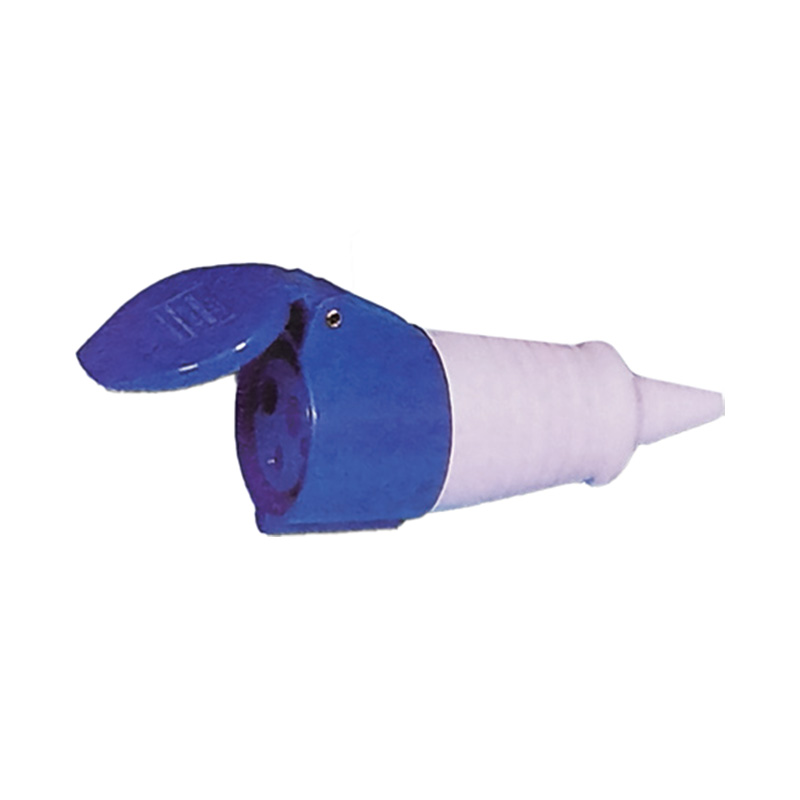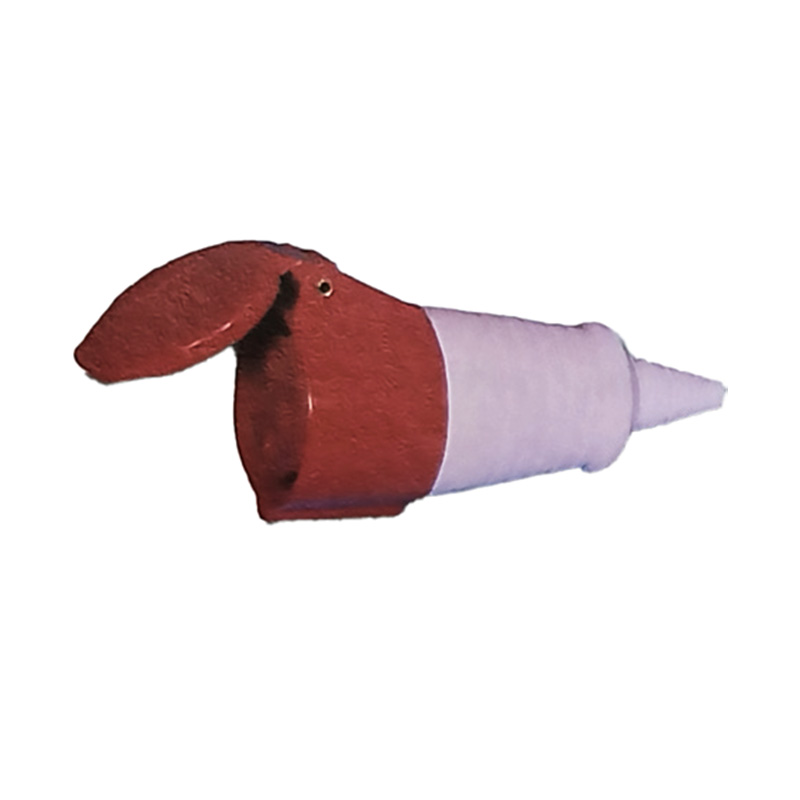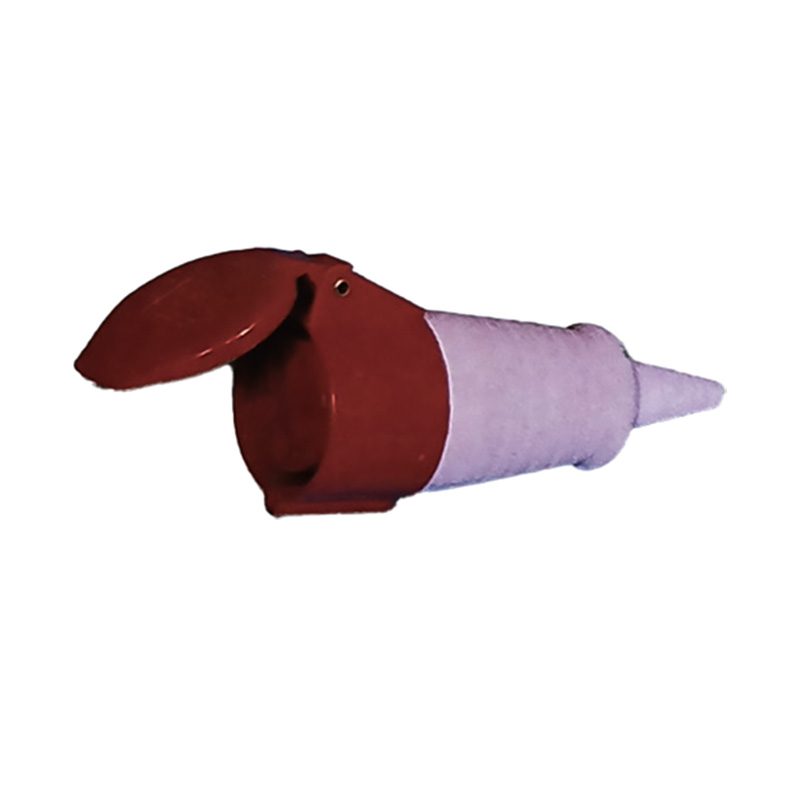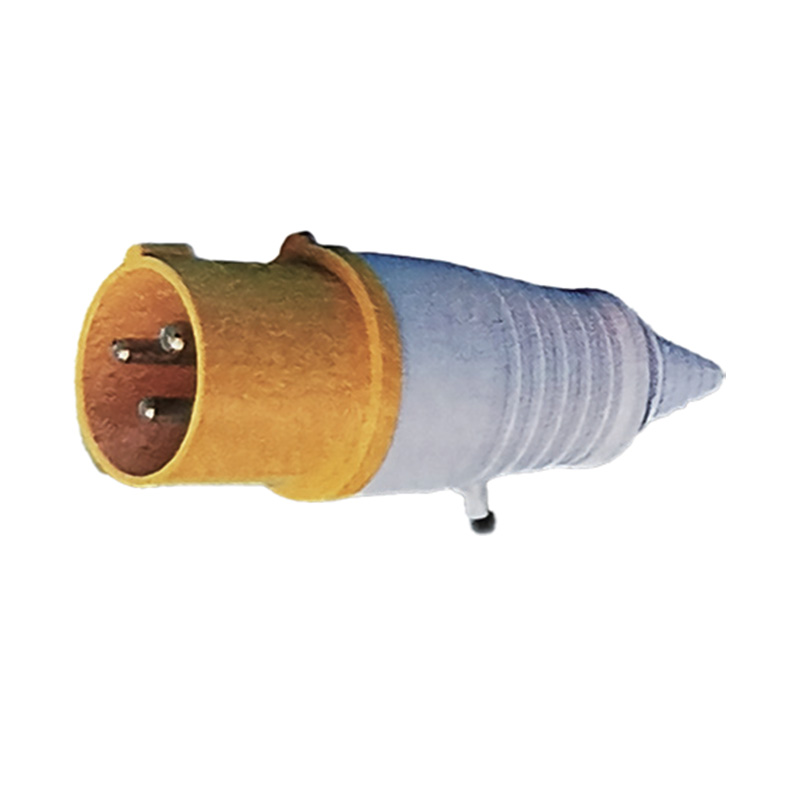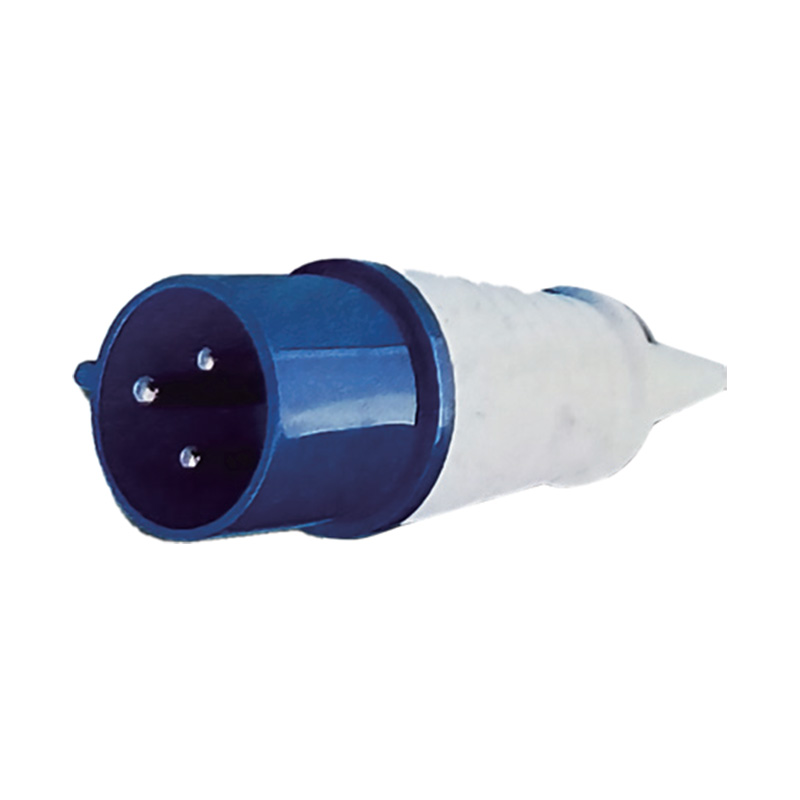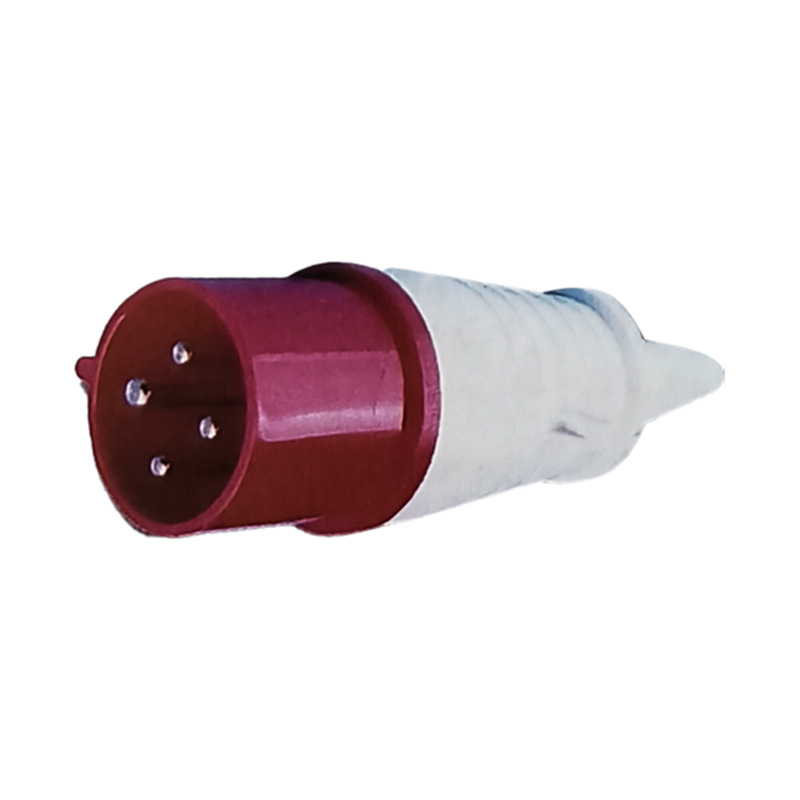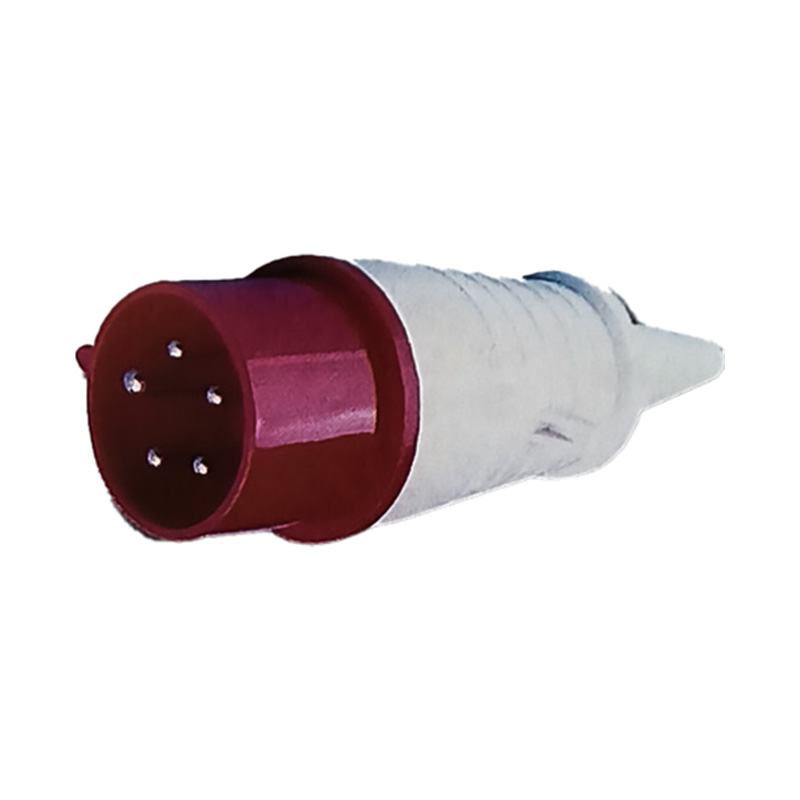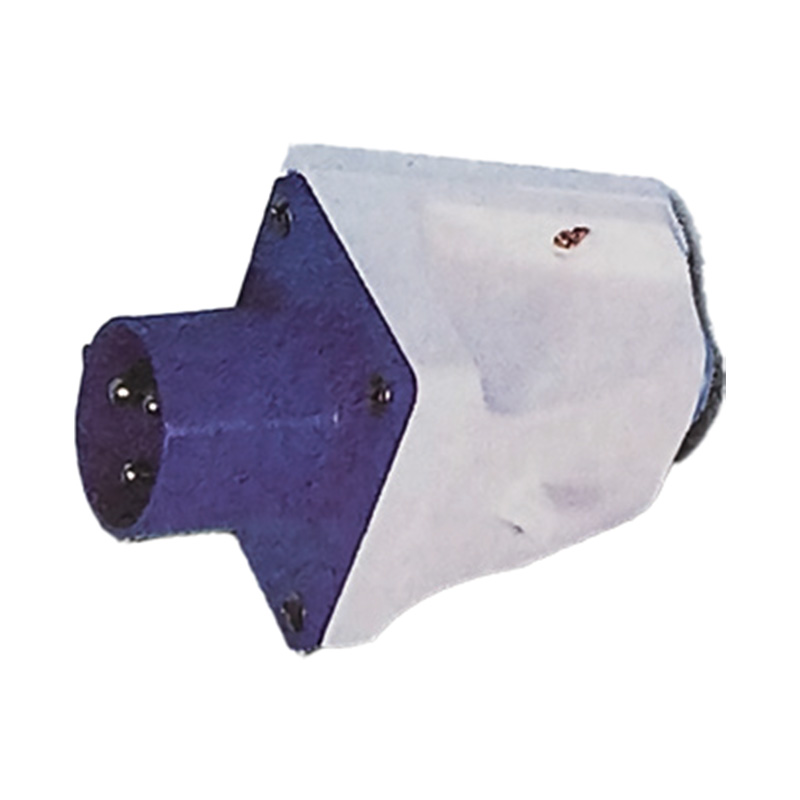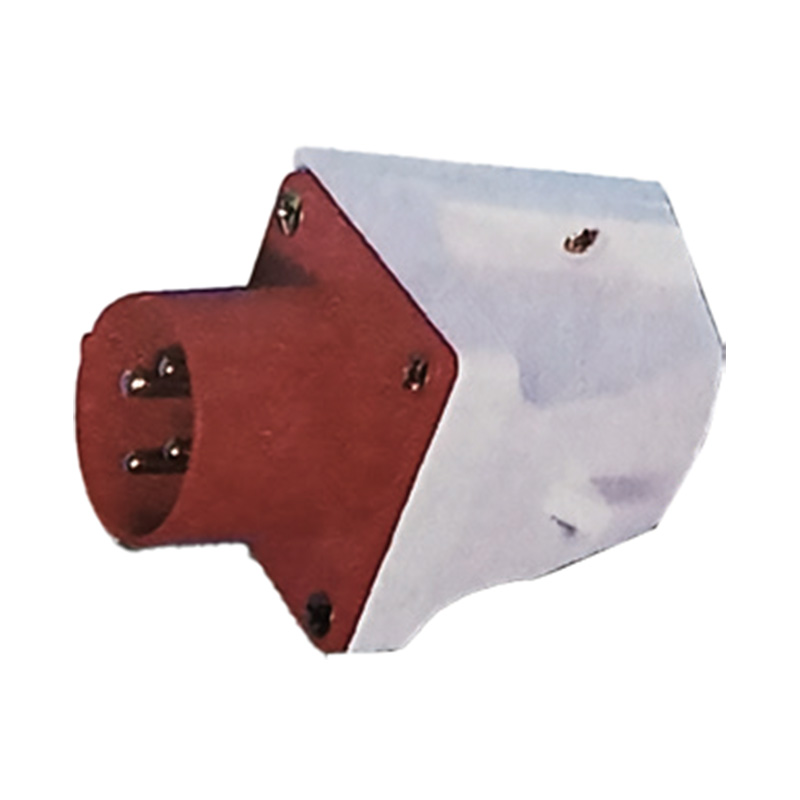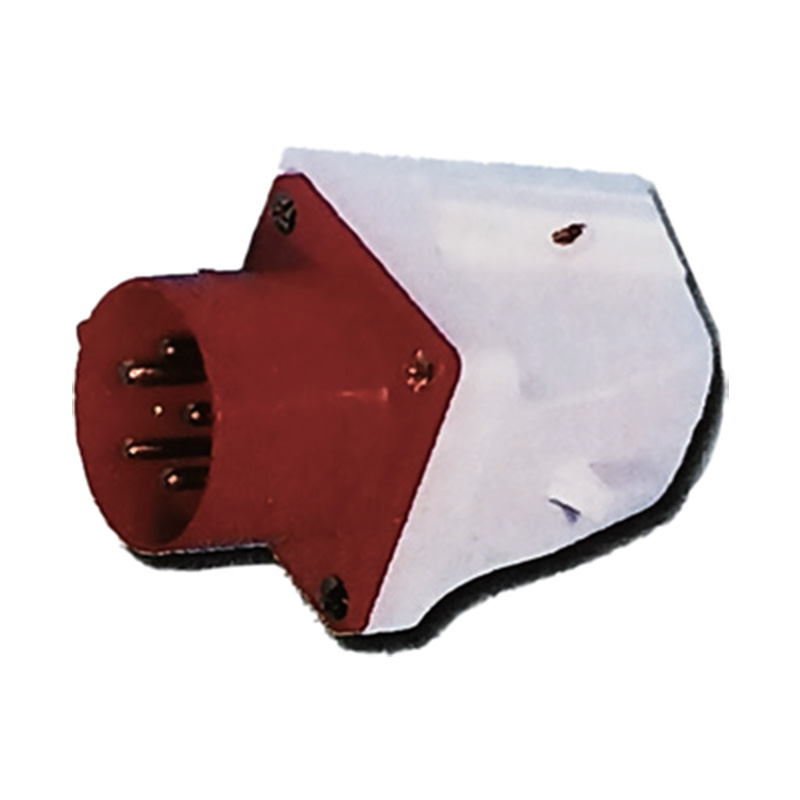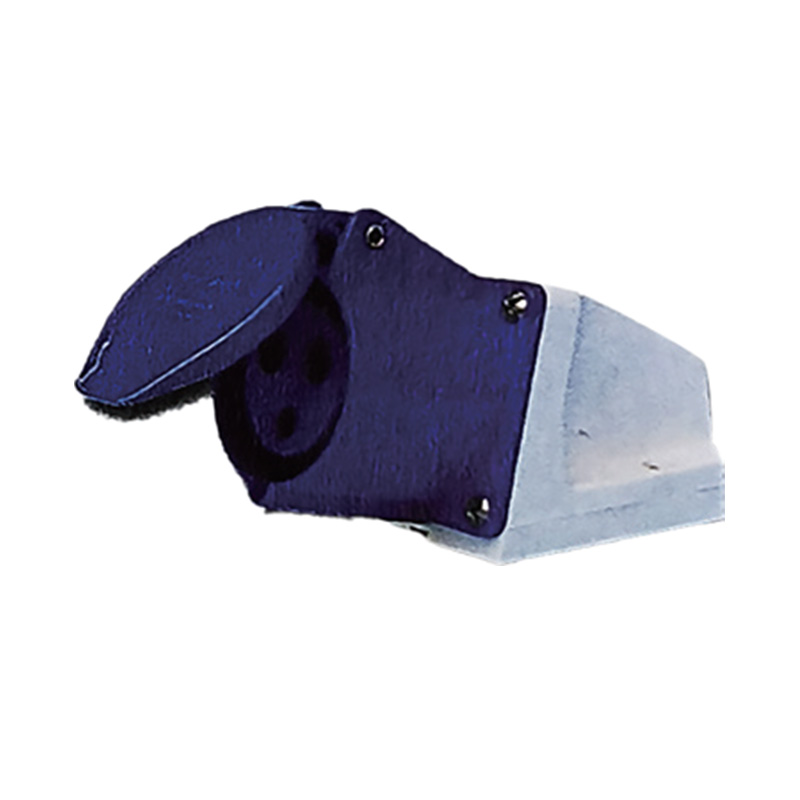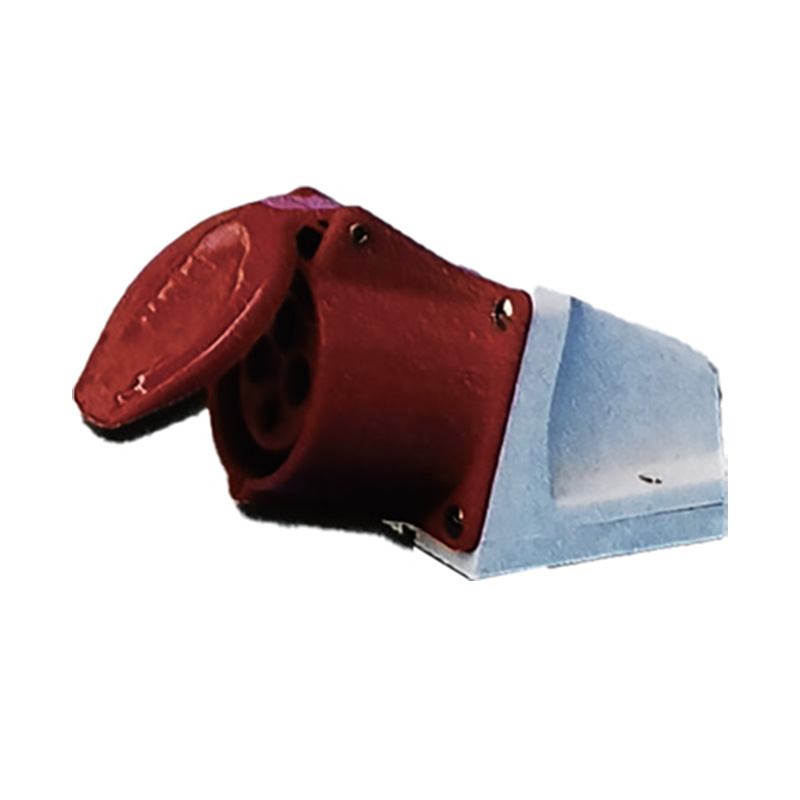Understanding and selecting the correct IP rating is essential when choosing a Waterproof Junction Box or Waterproof Distribution Box. It ensures safety, reliability, and long-term...
READ MORE-
-
Outdoor electrical installations face unique challenges that require specialized components to ensure their reliability and safety. Among the more important components are metal ca...
READ MORE -
Durability is a key factor when designing and maintaining electrical systems. With so many environmental challenges that electrical installations face—such as excessive temperature...
READ MORE -
Safety compliance is not just about adhering to regulations; it’s about protecting people, equipment, and infrastructure from the risks of electrical hazards. Electrical fires, sho...
READ MORE
Industry Knowledge Extension
How Often Do Industrial Plugs and Sockets Need to Be Replaced?
Industrial plugs and sockets are engineered for robustness and longevity, designed to withstand harsh conditions that consumer-grade products would quickly fail in. Unlike a lightbulb with a predictable lifespan, there is no universal expiration date for this equipment. Their replacement schedule is not based on time but on their condition and performance, dictated by a regime of proactive inspection rather than a fixed calendar.
The primary factor determining replacement is physical wear and damage. The constant act of mating and un-mating the connector gradually wears down the pin and socket contacts. This can a poor electrical connection, resulting in arcing, overheating, and a dangerous drop in performance. Inspectors look for signs of melting, discoloration from heat, cracks in the housing, corrosion from moisture or chemicals, and damage to the cable grip or sealing rings. Any of these defects typically warrant immediate replacement to prevent failure.
The operational environment plays a critical role. A plug used daily in a corrosive marine environment or on a dusty construction site will have a much shorter usable life than one used sporadically in a clean, dry warehouse. Exposure to UV light, temperatures, oils, and solvents can degrade the housing material and seals, compromising its integrity and safety rating long before the electrical components wear out.
Technological and regulatory obsolescence can be a reason for replacement. Safety standards evolve, and older equipment may not comply with current practices. Furthermore, a change in a facility's power requirements or a shift to a different voltage system might necessitate upgrading to a new plug and socket system that is incompatible with the old one. Therefore, the lifespan of an industrial connector is a function of rigorous periodic inspection, its usage intensity, and its operating environment.
How Many Processes Does an Industrial Power Socket Undergo to Ensure Quality?
The manufacturing of a high-quality industrial power socket is a meticulous process involving numerous stages to guarantee safety, durability, and reliability. From raw material to finished product, it undergoes a multi-step journey where precision and quality control are paramount. While the exact number of steps varies by manufacturer, the process can be broadly categorized into several critical phases.
Step 1: Injection Molding of Components. The process begins with the creation of the socket's housing and internal components. High-grade engineering plastics or composite materials are fed into an injection molding machine. The molten material is injected into precision molds under high pressure to form the robust, often complex, outer shell, inner chambers, and actuator parts. These components are then cooled and ejected. The quality of this step is vital for achieving the product's IP (Ingress Protection) rating, as it ensures a fit and seal.
Step 2: Metal Component Fabrication and Plating. Simultaneously, the critical conductive parts are produced. Brass or phosphor bronze is stamped or machined to form the socket contacts. These contacts are then meticulously electroplated with a layer of silver, tin, or nickel. This plating is crucial for enhancing conductivity, preventing oxidation, and ensuring a low-resistance, reliable connection that minimizes arcing and heat generation over thousands of mating cycles.
Step 3: Sub-Assembly and Final Assembly. In this phase, the various components come together. Springs, seals, and internal mechanisms are fitted into the molded housing. The plated contacts are installed into their precise positions. This is often done on assembly lines where workers or automated systems methodically build the socket, ensuring every O-ring is seated and every contact is aligned correctly.
Step 4: Rigorous Quality Testing. This is the critical phase to ensure quality. Every batch of sockets, if not every single unit, is subjected to a battery of tests. These include:
Hi-Pot (Dielectric Strength) Test: To verify the insulation can withstand high voltage without breakdown.
IP Rating Test: To confirm its resistance to dust and water ingress.
Mechanical Operation Test: To ensure smooth insertion and ejection of the plug.
Contact Resistance Test: To guarantee electrical efficiency.
Only after passing all these checks is the product approved for packaging and shipment.
Industrial Power Plugs Are Typically Manufactured Using a Process
The creation of an industrial power plug is a sophisticated blend of precision engineering and rigorous quality assurance. The typical manufacturing process is designed to produce a device that is not only electrically sound but also mechanically robust and environmentally sealed. The journey from raw materials to a finished plug involves several integrated stages.
The process commences with Material Preparation and Component Fabrication. The housing is typically created through injection molding, where rugged thermoplastics or synthetic rubber are molded into the plug's distinctive, ergonomic shape, complete with cable grips and sealing gland threads. Concurrently, the conductive pins are manufactured from high-conductivity metals like brass or bronze. These pins are often machined or forged for strength and then electroplated with a protective yet highly conductive metal layer, such as silver or nickel, to resist corrosion and ensure current flow.
Next is the Precision Assembly Phase. This stage involves the careful integration of all components. The plated pins are inserted and secured into the molded housing. Internal wiring, often terminated via crimping or soldering, connects the pins to the cable termination points. Critical sealing components, such as silicone O-rings and grommets, are meticulously placed to ensure the assembly achieves its promised IP rating. The cable grip mechanism, a key safety feature, is assembled and adjusted to provide immense strain relief, preventing the cable from being pulled out and compromising the internal connections.


 English
English 中文简体
中文简体 Español
Español عربى
عربى

